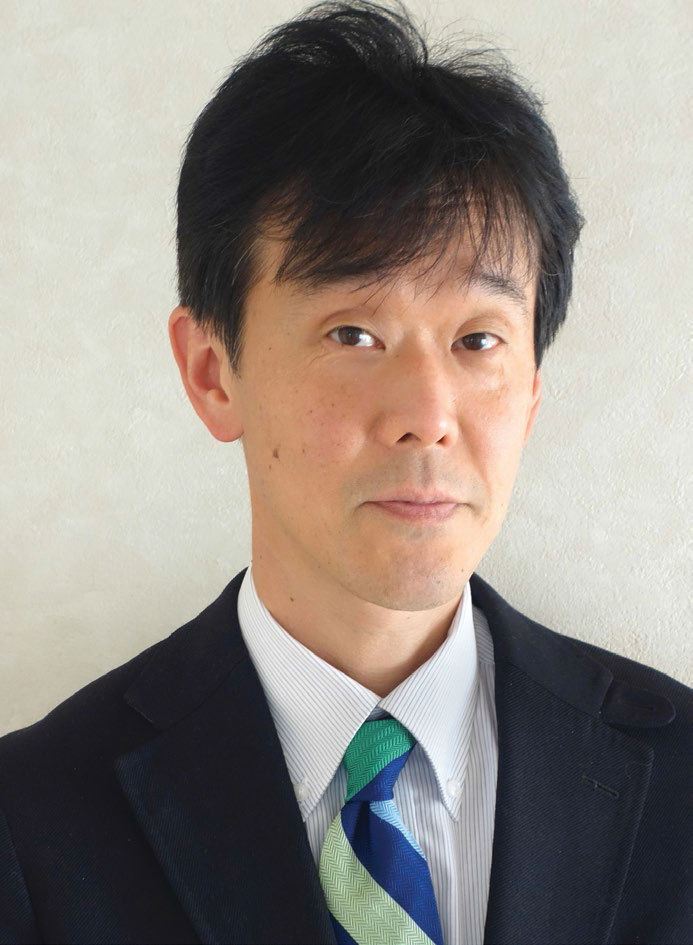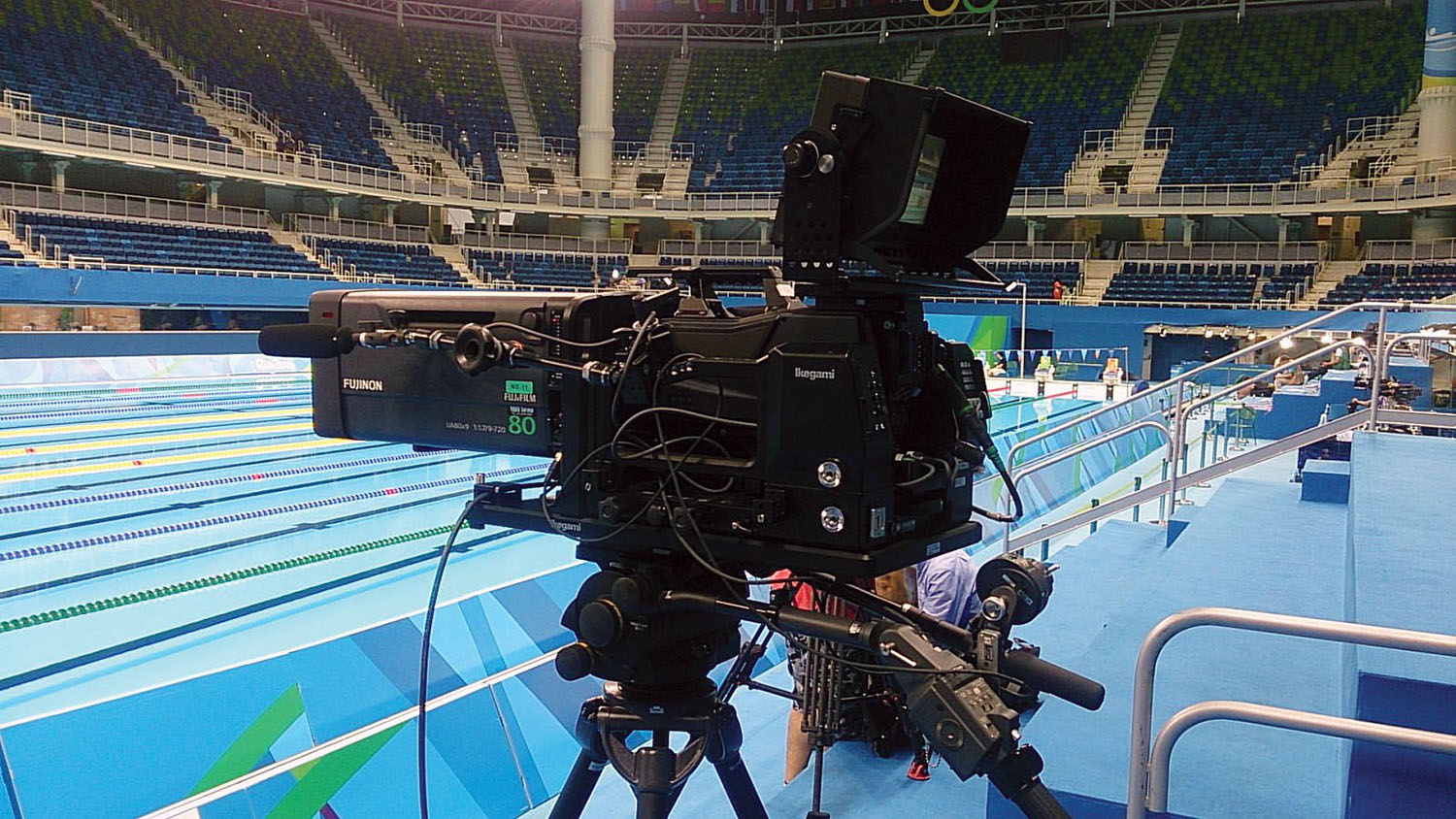Ready or Not, Here Comes 8K
ALEXANDRIA, Va.—Almost immediately after professional 4K video products started showing up in the industry, there was talk of a video format beyond 4K: 8K. Just as 4K doubled the number of pixels in each direction from an HD image—1,920 pixels became 3,840 and 1,080 pixels became 2,160—8K video doubles the pixels from the 4K count.
That results in a lot of pixels (7,680x4,320) and a mind-boggling video standard in which each frame is a 32-megapixel image. To put that into perspective, the nice-quality still-image camera that I bought less than a year ago has a 21-megapixel sensor, and it is well-regarded for its 4K video and still-image quality.
The same industry forces that produced inexpensive 4K video professional products are also behind the slow-but-steady growth of 8K products. These forces include the rapid decrease in size yet rapid increase in capacity and capability of memory devices and computers, and the ability for manufacturers to pack more and more features into the same size semiconductors.
It begs the question: Is a 16K video format just around the corner, with frame sizes of 128-megapixels? For the moment, the focus is on 8K.
SHOWCASE PRODUCTIONS
U.S. broadcasters have already used 8K cameras in their productions, including in Super Bowl LIII where CBS deployed several 8K cameras in the end zone in what the network called a “highly-constructed engineering solution.” These were used to provide hyper-detailed views of any activity in the end zone.
One organization actively moving forward with 8K is NHK, which is preparing to shoot the 2020 Tokyo Olympic Games and 2020 Paralympic Games in the new format. NHK is also planning to have 8K technology on public display in a few locations around Japan; however, this is still all in the planning stage.
Get the TV Tech Newsletter
The professional video industry's #1 source for news, trends and product and tech information. Sign up below.
Still, the network has big plans to roll out 8K and is actively sourcing gear for 8K production.

“Some of the gear we have is prototype equipment that we developed in collaboration with manufacturers, but much of the 8K gear is actual production equipment,” said Jun Ochiai, chief of 8K Production for NHK’s production department. “8K lenses, cameras, recorders and switchers all have production models available. At the same time, we sometimes carefully examine and use 4K lenses in our 8K productions.”
NHK refers to its 8K system as “Super Hi-Vision,” which echoes back to the “Hi-Vision” name that the network gave its first HD broadcasts.
One of the suppliers for 8K gear is Ikegami, which is now on its fourth generation of production 8K cameras. Ikegami has collaborated with NHK on the development of 8K technology for more than 10 years.
HAS A REAL FUTURE
Toshihisa Mitsuoka, president and CEO of Ikegami Electronics U.S.A., said that 8K has a real future, and is not simply a pretty technology demo format. Satellite broadcasting of 4K/8K Super Hi-Vision (SHV) was launched on Dec. 1, 2018, with an eventual goal to have SHV services delivered by terrestrial broadcasting, according to Mitsuoka.
“Given the legacy features of the current terrestrial digital broadcasting system, NHK is investigating a new broadcasting system that can provide SHV broadcasting for fixed reception and Hi- Vision broadcasting for mobile reception on a single [OTA] channel,” Mitsuoka said.
As you might imagine, there are many technical challenges to be overcome with a system that visualizes, encodes and transports 30 32-megapixel images every second. Mitsuoka listed some of them:
8K sensor: The sensor is the single most important component in a camera, and it is no exception here. For Ikegami’s 8K cameras, NHK did the heavy lifting in pushing the development of a 33-megapixel 8K sensor. (The extra one-megapixel allows for over-scanning, rescaling and image stabilization.)
Transmission bandwidth: Extended bandwidth is needed to send the 8K image from head to the camera control unit. A 40G transmission system was developed for the SHK-810, cutting-edge technology at the time of development.

Critical focus: Focusing an 8K camera is extremely critical. Several special features were developed for the SHK-810, including a critical focus colored-edge enhancement for the viewfinder and CCU monitor output, a zoom feature with location selection for the viewfinder and CCU monitor output and a remote focus trim at the operator’s control panel.
Complete system camera: Ikegami needed to build in all the familiar features and controls so that the SHK-810 and its CCU could be integrated and used without retraining operators and disrupting workflow.
Ikegami’s SHK-810 camera has been used at many big international events since 2016, including all the Olympic Games from 2016 onward, World Cup soccer matches and the Super Bowl.
In addition to NHK’s SHV satellite service, at least one other overseas operator plans an 8K streaming service. Spain-based streaming provider Rakuten TV expects to fire up an 8K service by the end of 2019. At least initially, the content will be movies that have been encoded into an 8K format.

RAI, the national television network in Italy, plans to start an 8K service in 2020, making it the first European broadcaster to announce such a service. RAI’s goal is to have the system up and running in time for the 2020 Olympic Games. The broadcaster already has a 4K channel that it uses to transmit soccer matches, documentaries and the annual Christmas Mass from the Vatican.
OTHER MANUFACTURERS
Besides Ikegami, other manufacturers are producing 8K gear. Some of these include Sony, Samsung and LG, the latter two of which have existing 8K consumer and professional displays. Other companies committed to launching 8K consumer displays are Changhong, Hisense, Sharp, Skyworth and TCL, some of which will have 4K-to-8K upscaling technology. In addition to building 8K cameras and other production gear, Sony will launch consumer 8K displays later this year. Since 8K displays boast such fine detail, they are available in sizes up to 98 inches (250cm).
To help smooth the launch of 8K products and content, the 8K Association trade group was recently formed with the goals of encouraging OTT 8K content, developing standards and educating consumers and professionals about the new format.
It’s clear that there is interest in and movement toward 8K products for broadcasters and consumers. Just like the situation with 4K, consumers adopted the new display technology before there was really an infrastructure to deliver the content—and content was scarce. Now that 4K is entrenched with streaming services and there are plans for OTA delivery (with ATSC 3.0), consumers are perhaps primed for an even higher-resolution platform.
When 4K products were announced and prototypes shown, they seemed exotic and futuristic—something that would be nice but obviously well off in the future. Now that 4K is in millions of homes (and 4K TV sets selling for well less than $300), 8K is looking more and more like a sure thing. How long will it be before Costco has a few models for Black Friday specials?
Bob Kovacs is the former Technology Editor for TV Tech and editor of Government Video. He is a long-time video engineer and writer, who now works as a video producer for a government agency. In 2020, Kovacs won several awards as the editor and co-producer of the short film "Rendezvous."

